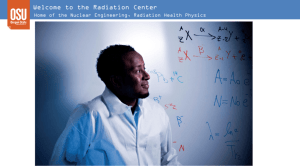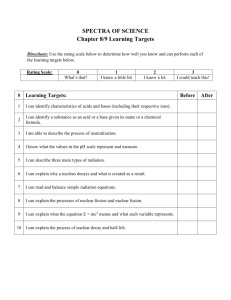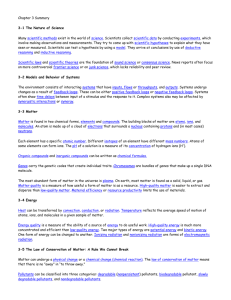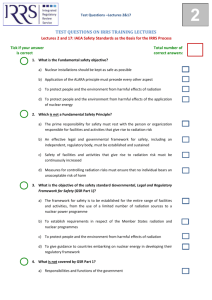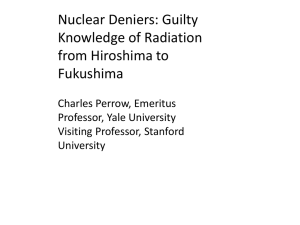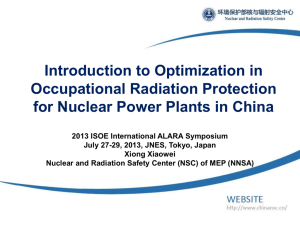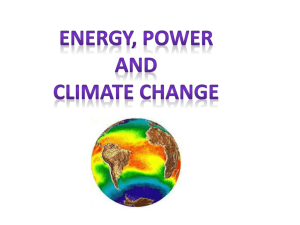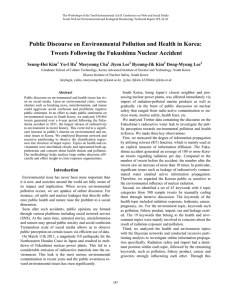Environmental Health PowerPoint presentation
advertisement
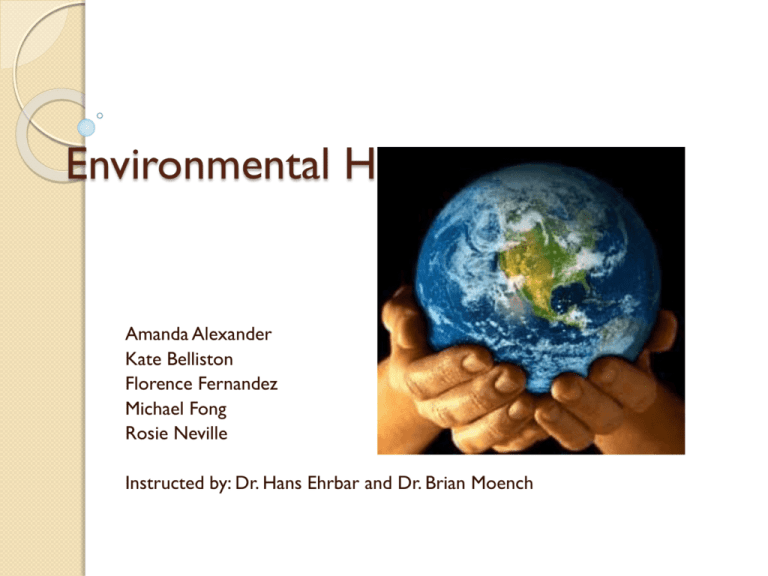
Environmental Health Think Tank Amanda Alexander Kate Belliston Florence Fernandez Michael Fong Rosie Neville Instructed by: Dr. Hans Ehrbar and Dr. Brian Moench Climate Crisis CO2 concentrations are directly related to the temperature of the Earth. Effects of Temperature Change ◦ 1 degree C increase in temperature increases atmospheric water vapor by 7% ◦ Tropical mosquito borne diseases will migrate to higher altitudes and latitudes. Global Warming in Utah ◦ Hotter with greater extremes ◦ Food Production ◦ Global Temperatures “We believe unequivocally that climate change presents an increasing risk to the world economy and social welfare.” – Swiss Re America Air Pollution Not just dust ◦ 1gram = 1 billion organisms Air pollution increases risk of lung cancer in Utah about 14 %. Air pollution is not only harmful to our lungs, it affects every organ of our bodies. ◦ CO2, Benzene, PM2.5 ◦ Lead and Mercury Global emissions of CO2 increased 45 % between 1990 and 2010. Effects of The Clean Air Act ◦ 1978-1982 : 1.19 +/-0.27 years ◦ 1997-2001 : 2.02 +/-0.50 years Genetically Modified Crops What are GMOs? As much as 80% of all packaged foods contain GMOs. Potential Health Risks Nutritional Costs Radiation Exposure There is absolutely no safe level of radiation exposure. Radiation damage is cumulative. Nuclear Accidents In addition to nuclear catastrophes, low levels of nuclear radiation are released during every phase of the nuclear fuel cycle. All nuclear plants release a steady stream of nuclear radiation into the atmosphere. Chemical Exposure Mercury in the Great Salt Lake Fetuses are exposed to all of the chemicals that their mothers have been exposed to and are already contaminated by them. ◦ 1975-2002: 27.1% increase in childhood cancer ◦ 287 chemicals 180 known carcinogens Climate Denial What can we do? Where does this leave us? Responses to this Crisis Individual Community State Country How do we live with this denial and take steps to alleviate these problems? How can we educate the public without overwhelming them with information? Why Healthy World, Healthy Home, and Healthy You Our goal was to create a simple, age appropriate presentation to teach kids about ways to create a healthier world, home, and you. ◦ We chose to focus on children because we felt that this would enable us to give a good foundation for healthy and sustainable living, and would be a way to reach parents in a non-threatening manner. About our Project Healthy World: ◦ Focused on ways to improve air quality in Utah, from no idling to carpooling and walking buses. Health Home: ◦ Focused on using healthier and safer cleaning supplies. Healthy You: ◦ Focused on highlighting the importance of healthy, less processed food choices and why they are better, combined with a take home activity. Motivations The world, the home, and you are all interconnected, everyday aspects of life. By making a big problem tangible, we can empower kids to make a difference. But, most importantly, we worked to give kids a way that they could have control over the world around them--we gave them something to do. Many of the suggestions we made are easy to implement, and can make a difference. Impressions of the Project Healthy World, Healthy Home, Healthy You Met the primary goal to introduce the issue to the students Educated the students simple ways to protect themselves from air pollution Was well received by the students Project’s Weak Points Time constraint Effectiveness is not guaranteed Issues at hand were drastically simplified Potential Improvements 3 day presentation, each day dedicated to each issue Inviting parents to observe the presentation The University of Utah Ranks 3rd in the nation for green power Home to prominent climatologists Access to latest technology, research and funding. What does this amount to in the local community? Future Role Become an active leader and voice Facilitator of student involvement

